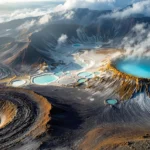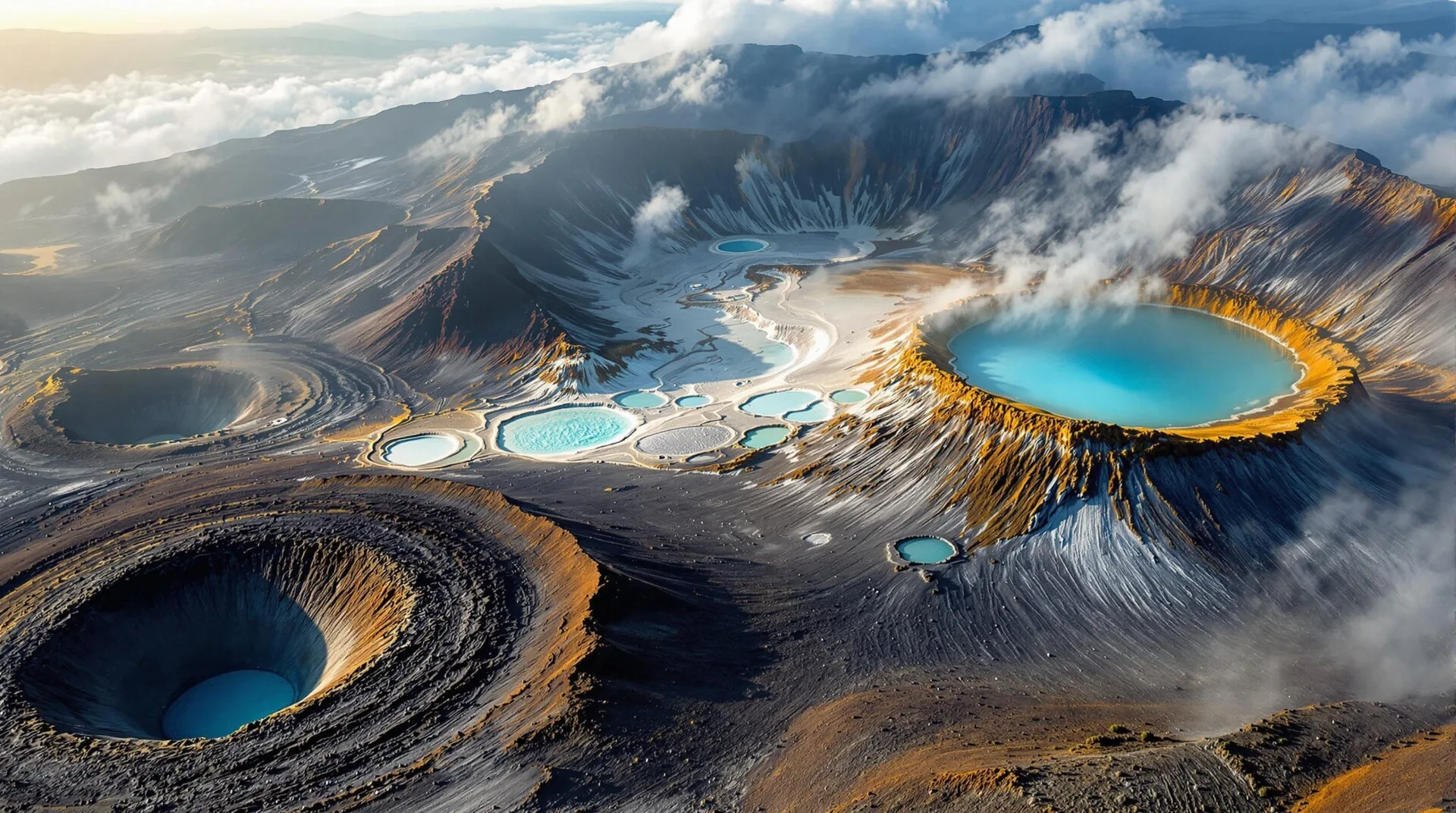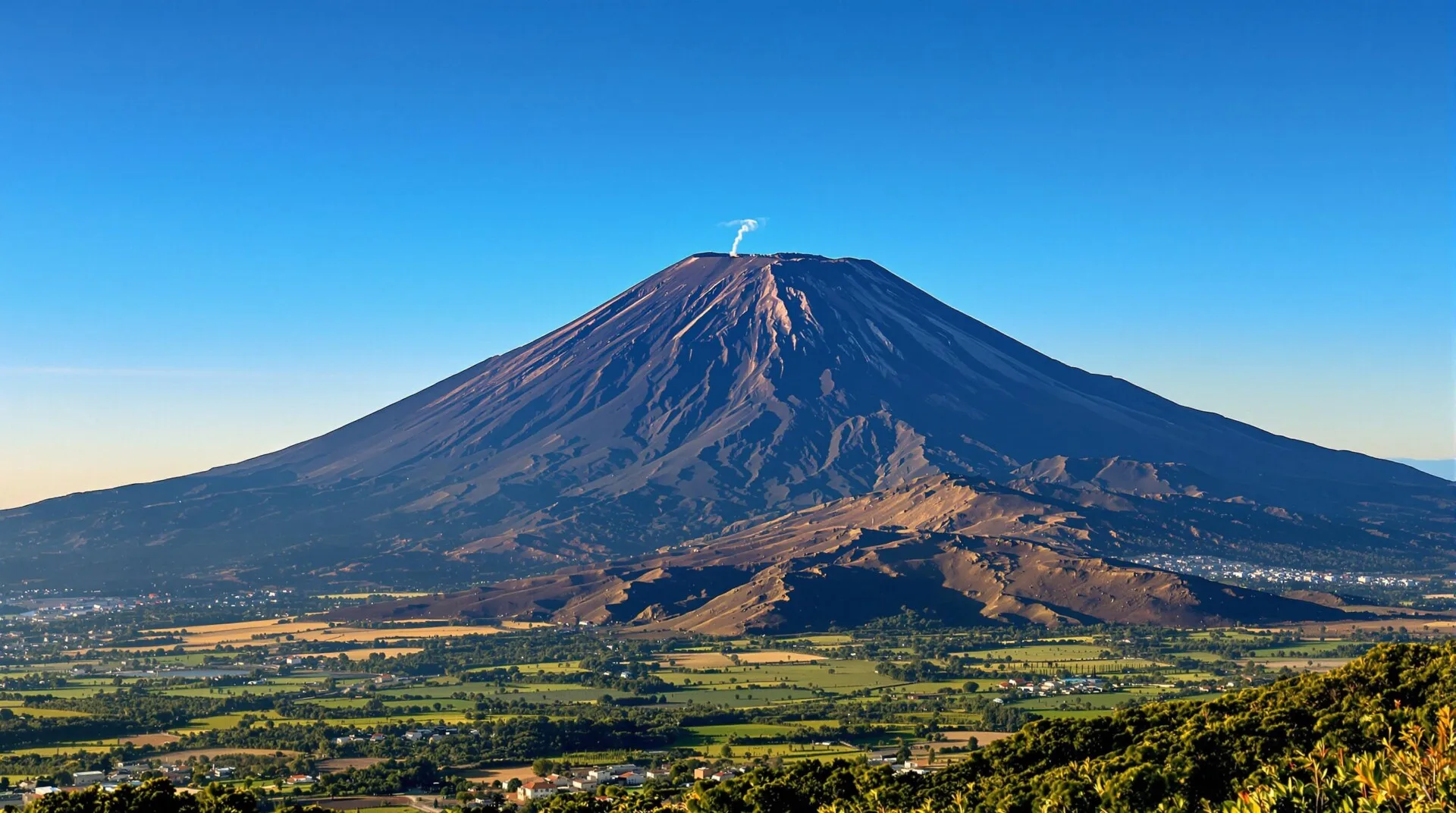Have you ever marveled at the eruption of a volcano? 🌋 The sight of incandescent lava and ash rising is certainly breathtaking. But have you ever wondered what is the real origin of volcanoes? This natural phenomenon, which has shaped our planet for millions of years, has a fascinating explanation that lies deep within the Earth.
Why do volcanoes exist? 💥
Volcanoes form due to the movement of the earth and the earth's crust is made up of moving plates. The plates interact with each other and this interaction can cause volcanoes. Volcanoes can form in three different places, i.e. along plate boundaries. They can form over hot spots and along rift zones, so these are the main places where volcanoes form.
When two plates collide, one of them can be pushed under the other, so the plate begins to melt due to heat and pressure. The melt rises and a volcano is formed, so this process creates a volcanic structure. When two plates separate, magma rises and fills the gap between the two plates, so a volcano is formed.
Imagine our planet as a dynamic sphere, with an outer layer fragmented into enormous pieces called tectonic plates. These plates are not standing still, they are constantly moving, albeit at a very slow pace. Most volcanoes are born precisely at the boundaries where these plates interact. Did you know that more than 📌 80 % of the earth's surface, including the ocean floor, is a product of volcanic activity?

🔥 The Fundamental Origin: Plate Tectonics
So how does the movement of these plates give rise to volcanoes? Mainly, it happens at the edges of these plates. Here are the most common forms:
💥 Converging Boundaries: Clash of the Titans
Think of two tectonic plates colliding head-on. When a denser oceanic plate meets a continental plate, the oceanic plate tends to slide underneath the continental plate in a process known as subduction. As the oceanic plate sinks into the earth's mantle, the high temperatures cause it to melt, generating magma. This magma, being less dense than the surrounding rock, slowly rises to the surface. If the pressure is sufficient, a volcanic eruption occurs!

↔️ Divergent Boundaries: When the Plates Separate
What happens when tectonic plates decide to go their separate ways? In the deviating boundariesThe plates move away from each other, creating cracks or zones of weakness in the earth's crust. The decrease in pressure allows hot mantle material to melt (decompression melting) and rise through these fractures, leading to the formation of new volcanoes and, in some cases, new oceanic crust. Iceland, located on the Mid-Atlantic Ridge, is an emblematic example of this activity.
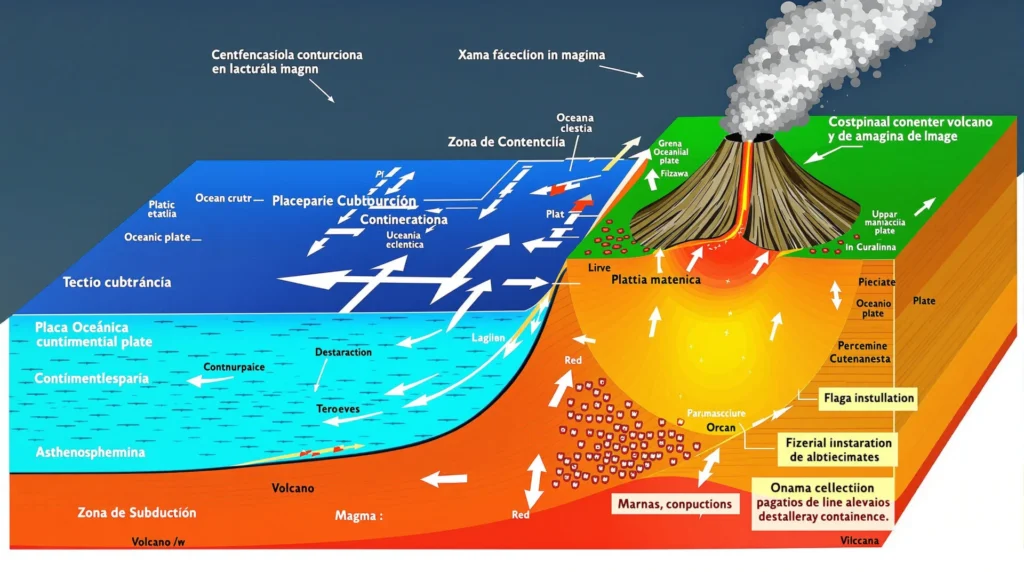
🔥 Hot Spots and Intraplate Volcanism: Lone Volcanoes
Not all volcanoes are born at the edges of the plates. Some arise in the middle of them, far from the main interaction zones. These are the volcanoes of hot spot. Imagine a column of very hot rocky material, named mantle featherwhich rises from the depths of the Earth. This plume can pierce the tectonic plate above, generating volcanic activity. As the plate moves over the stationary hot spot, a chain of volcanoes is formed. The Hawaiian Islands are a classic example of this phenomenon.
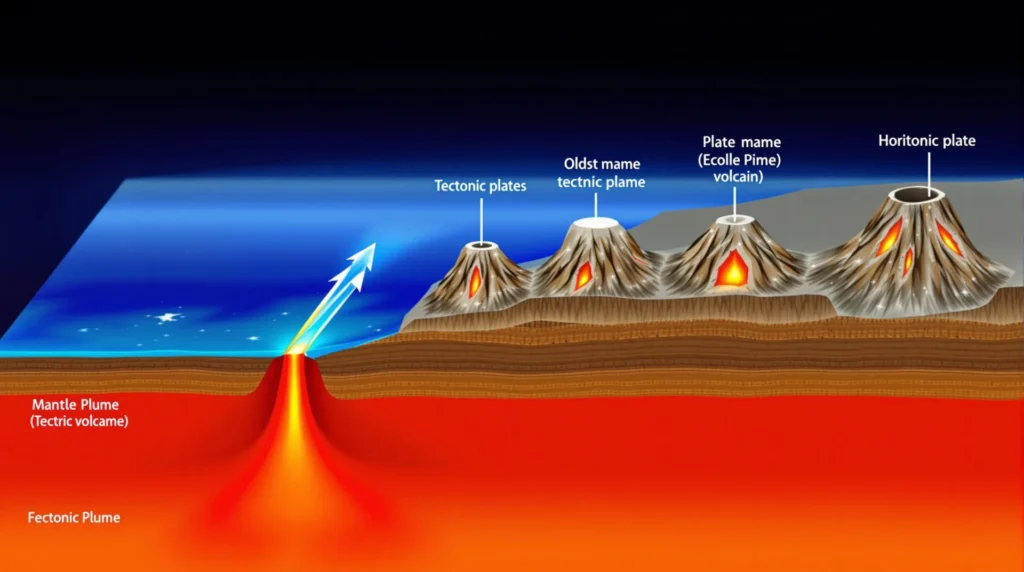
🔬 Recent Discoveries: Delving into the Origin
Volcanic science is constantly evolving. Recent research suggests that magmatic systems within the Earth's crust are more complex than previously thought. The model of transcrustal magmatic systems (TCMS) proposes that magma may be stored in multiple interconnected levels within the crust, rather than in a single giant magma chamber. This new understanding has important implications for eruption prediction.
Scientists also use advanced technologies to monitor volcanic activity, looking for signs of "unrest" that may indicate an imminent eruption. Analyzing the composition of volcanic gases and studying ash clouds from recent eruptions, such as Eyjafjallajökull (Iceland, 2010) and Hunga Tonga-Hunga Haʻapai (2022), provide valuable information about the internal processes of volcanoes and their overall impact.
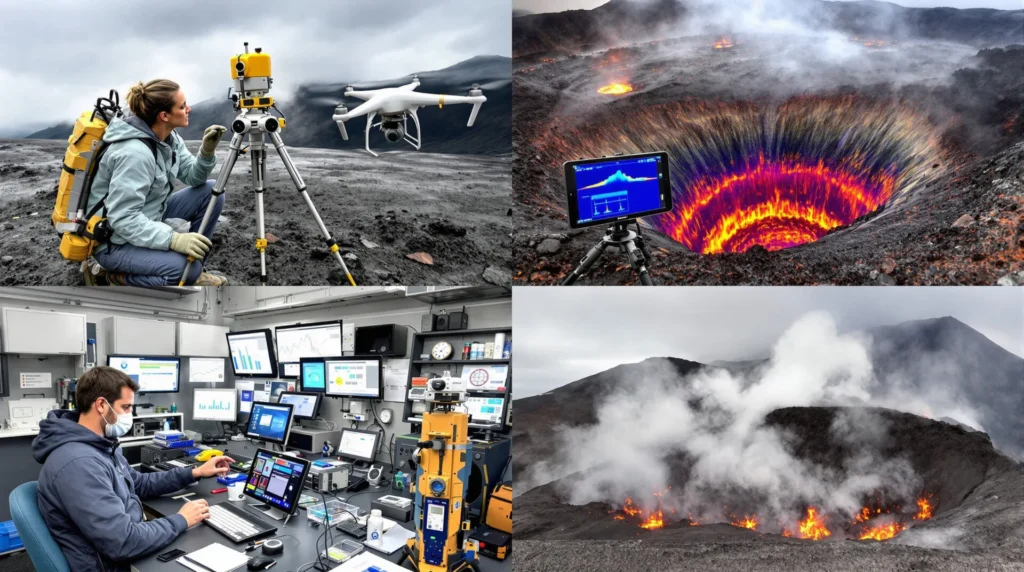
Conclusion: A Planet in Constant Change
In short, the origin of volcanoes is a testimony to the dynamic and active nature of our planet. The interaction of tectonic plates at their boundaries, together with the presence of hot spots in the mantle, are the main drivers of volcanic formation. Understanding these processes not only satisfies our scientific curiosity, but is also fundamental to assessing and mitigating the risks associated with volcanic activity. The Earth remains a place full of geological wonders, and volcanoes are one of its most powerful and fascinating expressions.
We hope this tour of the origin of volcanoes has been of interest to you - keep exploring and learning about the amazing processes that shape our world! 🌍🔥

